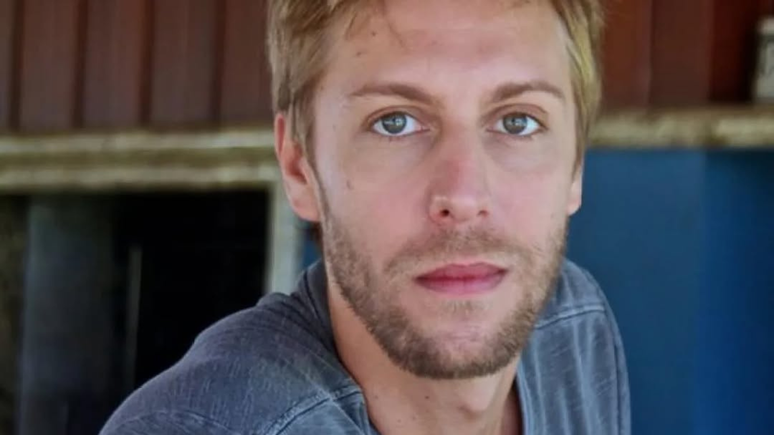Mário de Andrade and Tarsila do Amaral were some of the members […]
“I love Minas because I want it, because it coincided with me.”
Throughout his career, the anti-traveler Mário de Andrade preferred the comfort of books, at his mother Maria Luísa’s home, in Barra Funda, São Paulo. But Minas Gerais was one of his favorite places, as he confessed in the sentence above, in a letter to the poet Henriqueta Lisboa.
For this reason, the writer from São Paulo was one of the members of an extravagant group of artists and intellectuals on one of the most famous journeys of the modernist era.
During Holy Week 1924, an illustrious caravan traveled to Minas to introduce part of Brazil to newcomer Blaise Cendrars, a French-Swiss poet who was visiting the country for the first time.
In addition to Mário, the troupe consisted of Oswald de Andrade and his son Nonê, Tarsila do Amaral, René Thiollier, Dona Olívia Guedes Penteado, known as the Coffee Lady, and her son-in-law Goffredo Teles.
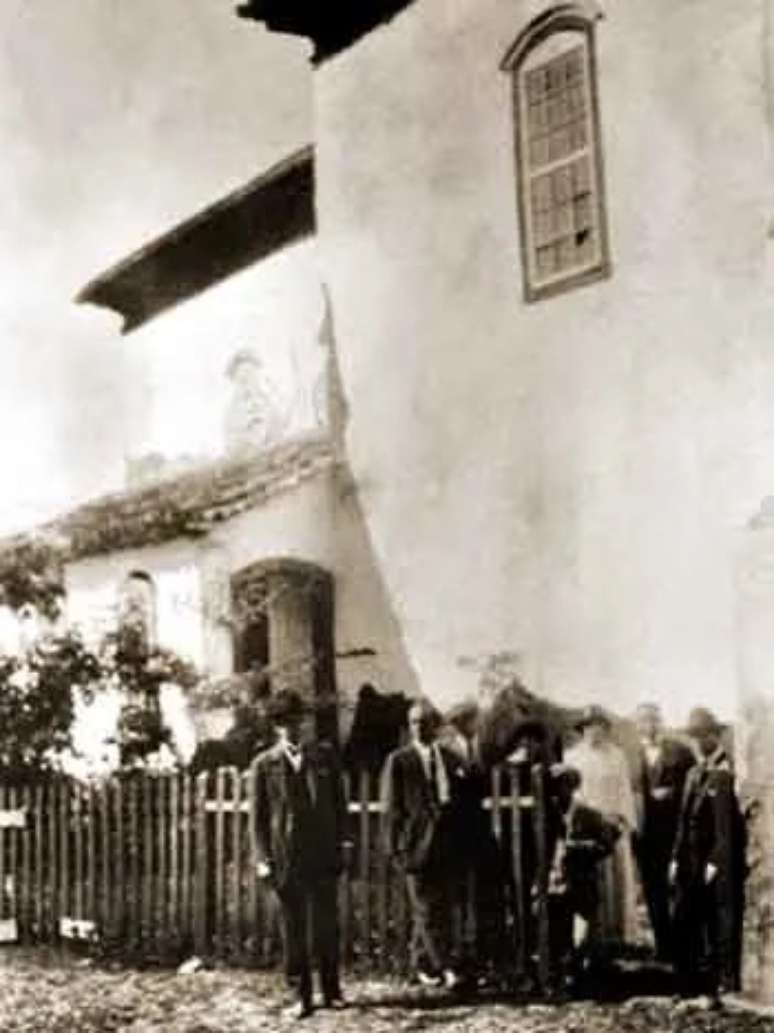
For researcher Aracy A. Amaral, Cendrars’ visit was a warning about our country “as raw, poetic and musical material.”
“His arrival is a milestone in the sense that it begins the rediscovery of Brazil by the modernists,” the historian describes in her book Blaise Cendrars in Brazil and the modernists (publisher 34).
To that end Belle Époque that seethed in São Paulo, the modernists abandoned the confines of meetings and private salons to discover not only Minas Gerais, but this country that ignored its own art.
The journey to rediscover Brazil
With its back to itself, the country knew more about Napoleon than Lampião (much less than Aleijadinho). It sounded like “literary tourism”, but it was the modernists Journey to discover Brazilin the words of the writer Oswald de Andrade.
The itinerary started in São João del Rei and continued to other cities in Minas Gerais, such as São José d’El Rei (later changed to “dental Tiradentes”, as Mário joked about the city’s name change), Ouro Preto, Mariana and Congonhas do Campo.
Congonhas met Aleijadinho, one of the greatest artists of the Brazilian colonial period. Ouro Preto, the highlight of the entire tour, was the city where the group visited several historical monuments.
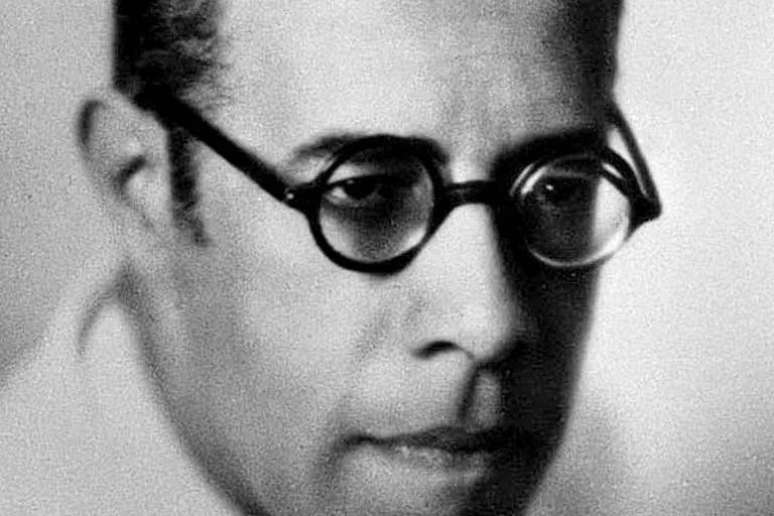
According to researchers Eneida Maria de Souza and Paulo Schmidt, in the book Mário de Andrade: letter to the miners (edited by UFMG), the tour of São Paulo in Minas is “the first milestone in the link between modernist poetics and the tradition of baroque art”.
However, it took a European crossing the Atlantic for Brazil to discover what it already had, but didn’t know. Minas was the tradition that everyone had to see to get their news.
At the invitation of Oswald and with the patronage of Paulo Prado, Blaise Cendrars, the poet who took “his contempt for poetic propriety” to the extreme, in the newspaper’s description At nighthe landed here for the first time, in February 1924, after almost a month of travel on the ship Curvywhose arrival in Rio de Janeiro has created something to talk about.
Dressed in his pajama jacket, Cendrars was stopped at customs because they thought the new arrival was a beggar or a madman, when he told the authorities that he was coming to meet then-President Washington Luís.
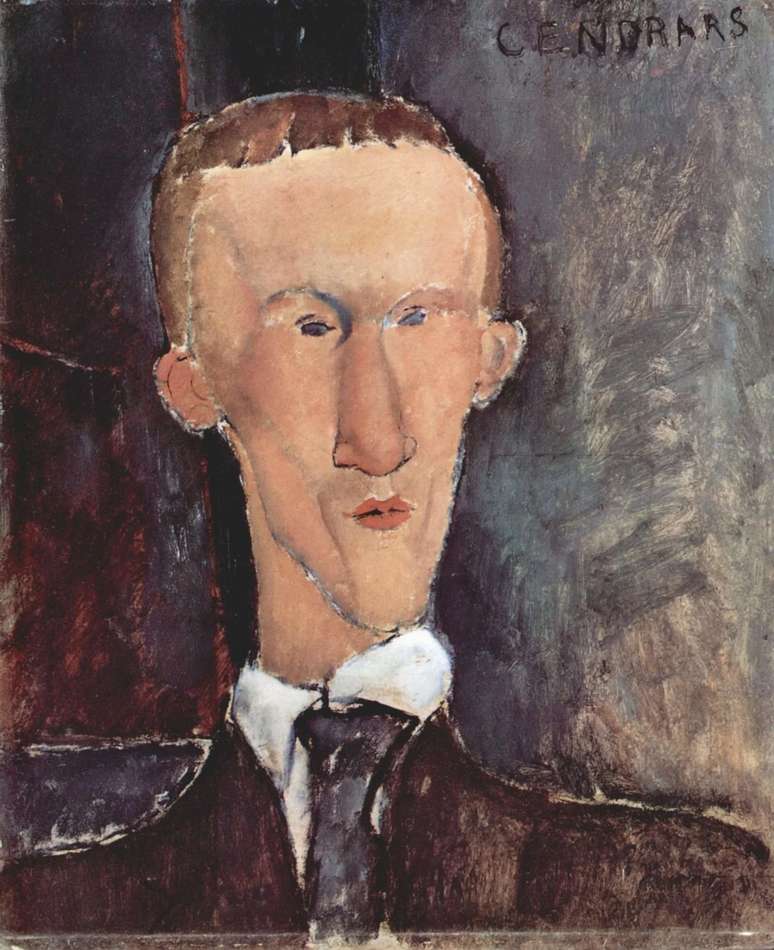
Before heading to Santos and then to the capital Sao Paulo, the Frenchman still had to explain why he was missing his right arm, mutilated during the First World War.
“Brazil doesn’t need amputees, it needs weapons,” commented Mário de Andrade, in one of his rare moments of inelegance. But, once freed, everything for this foreigner who had already crossed Siberia was wonderful, including what shouldn’t be.
As the painter Tarsila do Amaral recalled, in a statement from the 1970s, one of the hilarious situations of the trip was the scene in the window of a prison in Tiradentes, in which the troupe stopped to talk to two prisoners who had killed and eaten the heart of a man.
– “Marvelous!” – sighed Cendrars, at the end of the criminal explanation.
Past with future
In Belo Horizonte the travelers stayed at the Grande Hotel, an imposing three-story building in the center of the city, where they met young people like Pedro Nava and Carlos Drummond de Andrade.
– “I don’t love Brazil more spiritually than France or Cochinchina. But it is in Brazil that I live and now I only think of Brazil and for it I have sacrificed everything”, confessed Mário to Drummond, in a letter written at the end of the same year as the trip in the mine.
He just wanted to tell all the stories about Minas. And she did.
From that same trip was born not only the long exchange of letters between the two (Drummond, at the time, 21 years old, and Mário, 31), but also the inspiration for the poetry Belo Horizonte nightlifepublished in the book Jabuti clanin 1927.
The same trip that brought Brazil out of its “artistic frenzy” inspired the future works of Tarsila and Oswald, who returned full of ideas for their Brazilian wooddebut book in poetry.
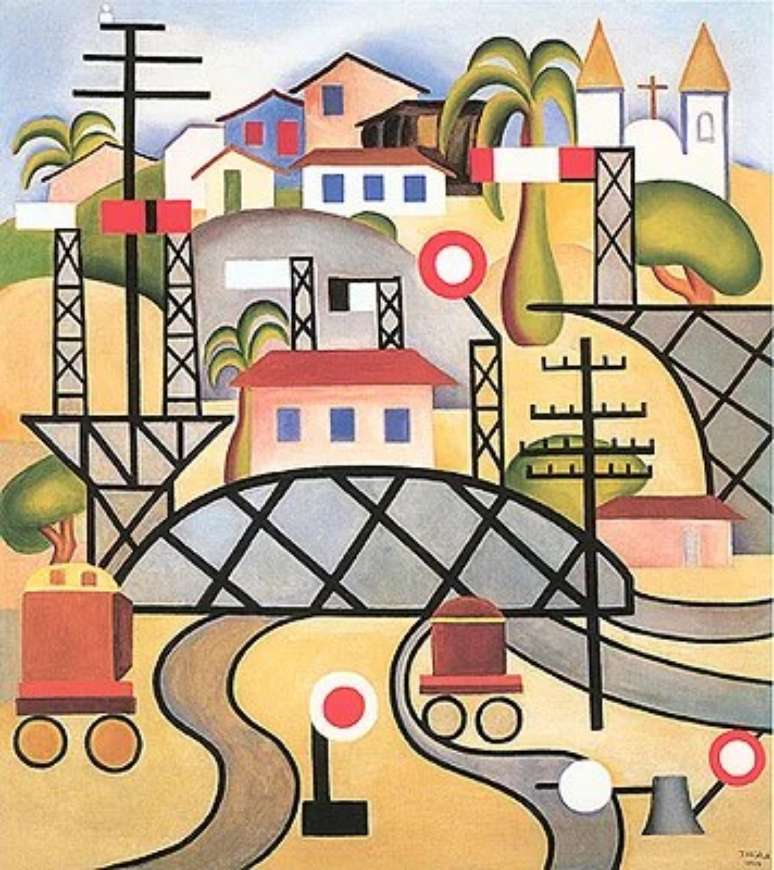
Tarsila do Amaral, author of the painting above, returned with her notebook full of subtle drawings recording what the country had forgotten. Considering the traditions of a nation stuck in the 18th century and the simplicity of the interior of Minas, the caipirinha worn by Paul Poiret also revisited his childhood on the farms of São Paulo, giving new tones to his art.
The historical and artistic abandonment encountered during the trip will also inspire Dona Olívia in the drafting of the statute of the Society of Friends of Historical Monuments of Brazil, the basis for the creation of the Inspectorate of National Monuments, the Department of Culture of São Paulo and the SPHAN , the future IPHAN, in whose creation Mário also participated years later.
Having fallen, the country remained standing and would never forget what it had just learned. Past with future. And Our Lord, on the other side of the world, would still wish you a “good trip”.
– “I, no one needed to tell me that Brazil was interesting”, wrote Mário de Andrade to his colleague Sergio Millet, at the end of that same 1924 in which the modernists discovered their country.
Source: Terra
Ben Stock is a lifestyle journalist and author at Gossipify. He writes about topics such as health, wellness, travel, food and home decor. He provides practical advice and inspiration to improve well-being, keeps readers up to date with latest lifestyle news and trends, known for his engaging writing style, in-depth analysis and unique perspectives.

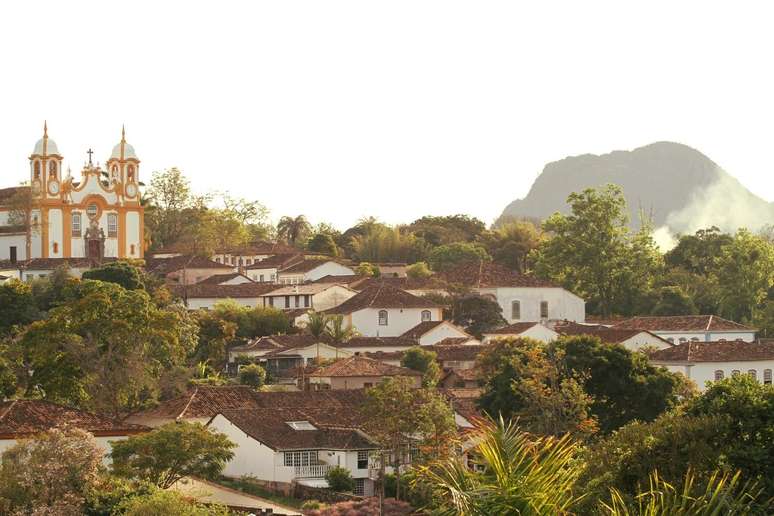



![A Better Life Preview: What’s in store for Friday, October 24, 2025 Episode 449 [SPOILERS] A Better Life Preview: What’s in store for Friday, October 24, 2025 Episode 449 [SPOILERS]](https://fr.web.img6.acsta.net/img/16/27/1627e795b389773da60b2ef0a5dfdfd0.jpg)
